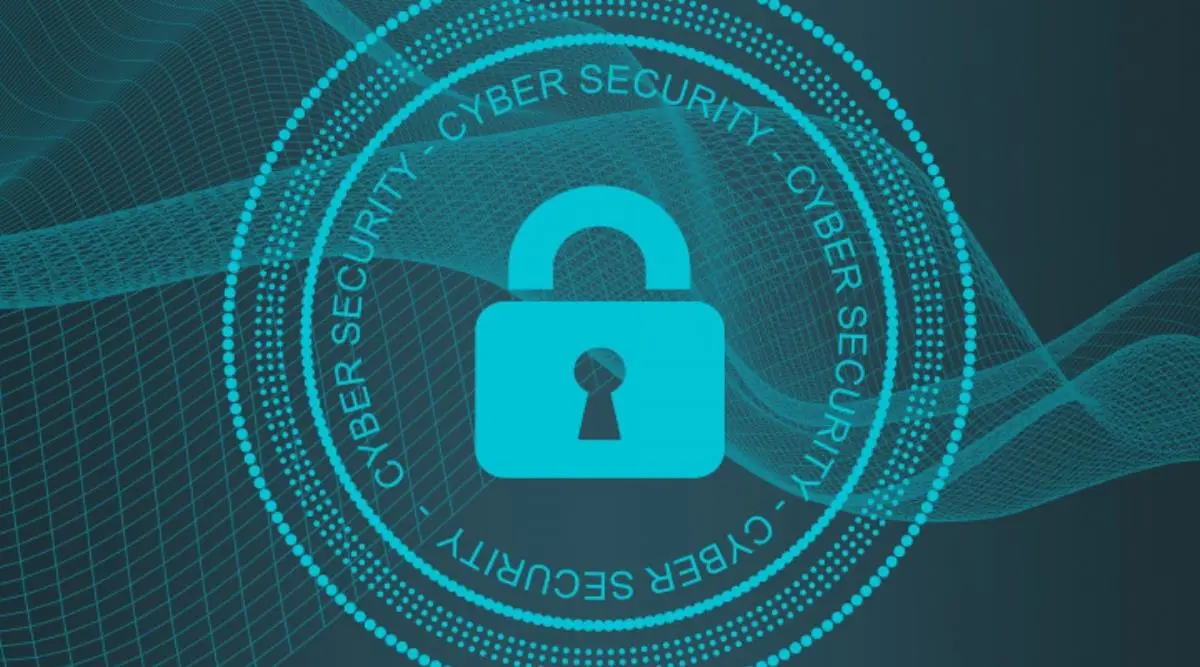The digital age is a fact. Right now you are reading these words on a web page, whether from your computer, tablet or smartphone, and even though it is not a physical world, this does not mean that you are not exposed to dangers.
Cyberattacks are becoming more frequent and it would not be the first time that we have seen how large corporations have been affected worldwide because their systems have been accessed. Many damages resulting from this cyberattack not only affect a company itself, but also trigger a series of responsibilities towards all its clients. In the face of these attacks, cybersecurity has become one of the main demands of companies.
Cybercriminals are not resting. Even during the Coronavirus pandemic, many hospitals were attacked in order to steal their patients’ personal data. Data protection has become particularly important with the new General Data Protection Regulation (GDPR) and this makes obtaining this information by criminals a reason to extort companies by threatening to make all the data public.
Unfortunately, the list of types of cyberattacks is becoming increasingly long, increasing the likelihood that your company will suffer one. While a few years ago, only a few companies thought about taking out cyberattack insurance, today this trend is changing.
But what is a cyber attack?
A cyber attack is a breach of the computer systems of a company or network that depends on technology, where malicious codes are used to alter the computer systems and can compromise your company’s important information, and in the worst case even steal the identity of users in order to commit cyber crimes.
Most common types of cyberattacks
Malware:
Malware is malicious software that is installed on the system causing:
- alteration of the equipment.
- blocking network access (ransomware).
- the appropriation of personal information (spyware).
The purpose of all of them is to be able to obtain compromised information, breach computer connections or create backup copies and publish them on the Internet.
Phishing:
Phishing is a way of stealing sensitive data, usually through email . Hackers often use this method to steal data such as credit card numbers or passwords from trusted sources .
Man-in-the-middle attacks:
Man-in-the-middle (MitM) attacks or eavesdropping attacks usually occur through a public or unprotected Wi-Fi network . Hackers can easily access your computer without you realizing it and steal the information you are passing over the Internet.
Additionally, once they have control of the device, they can install malware to steal protected information.
Denial of Service Attack:
In distributed denial of service (DDoS) attacks, several devices are compromised to unleash attacks on the system so that processes and requests cannot be completed, hogging bandwidth and saturating the network, causing serious damage to the system.
SQL Injection
SQL injection attacks occur through web applications . Malicious lines of code are inserted in order to obtain private information from company servers.
